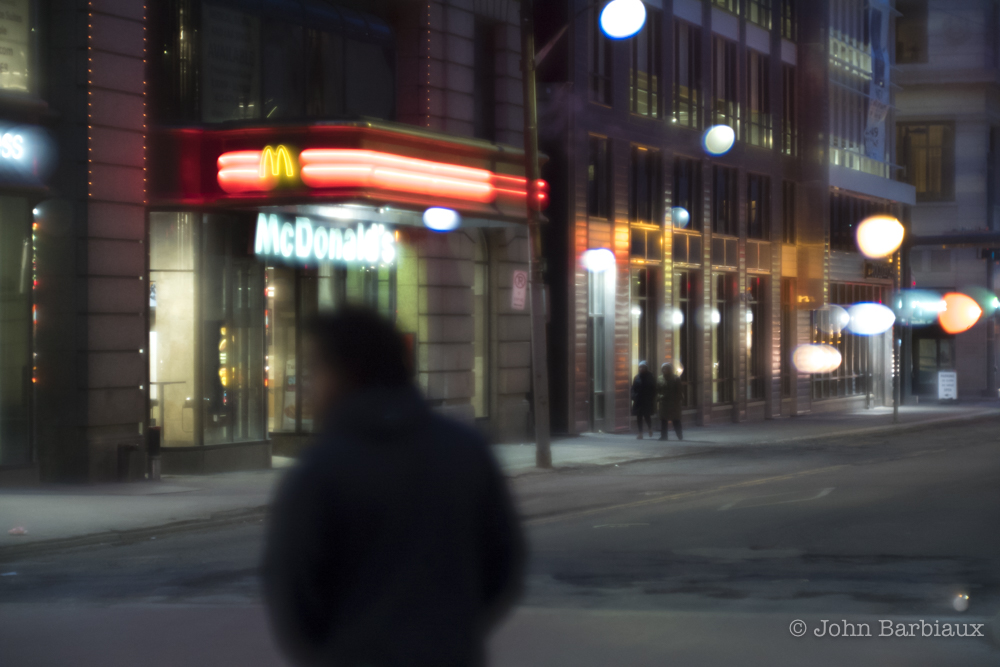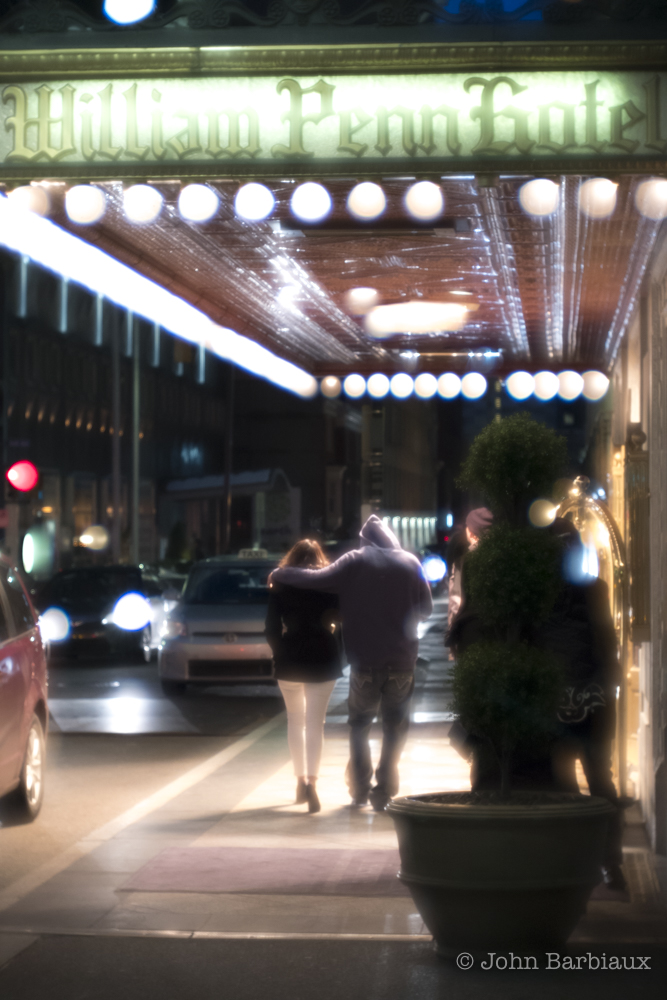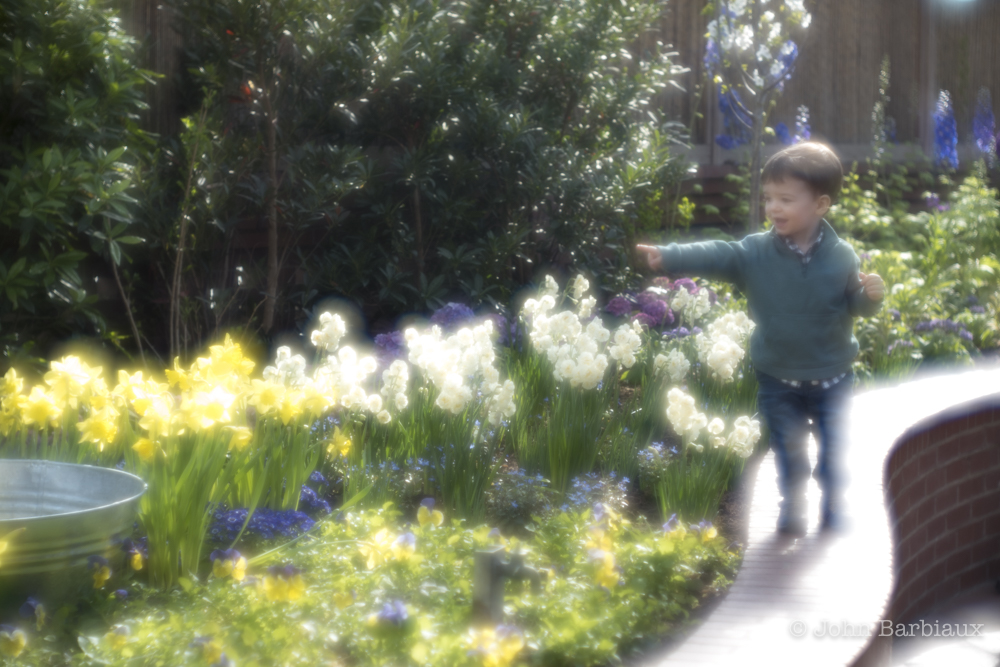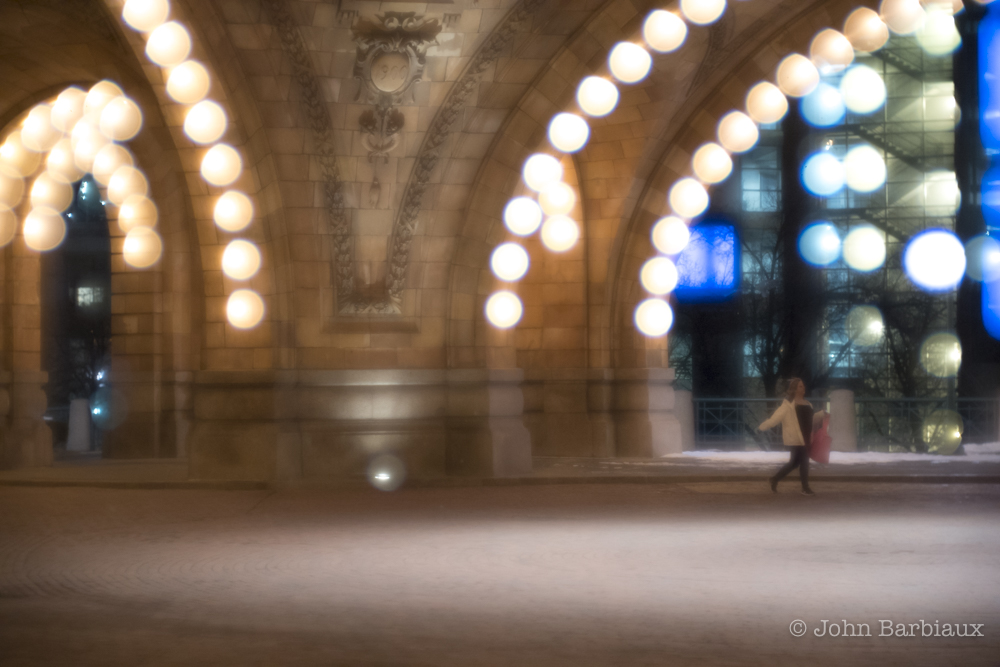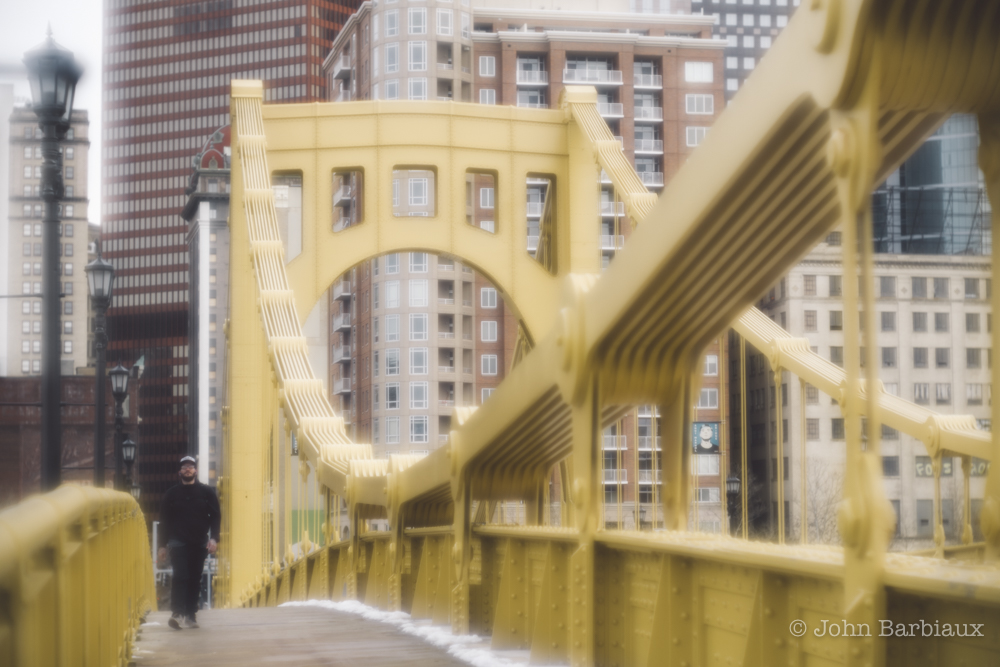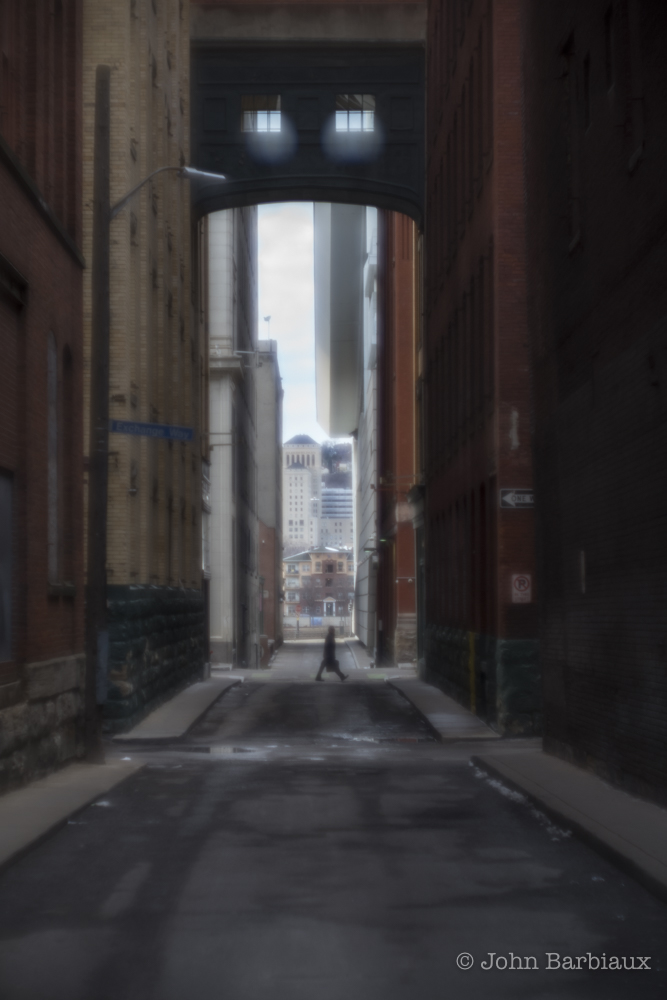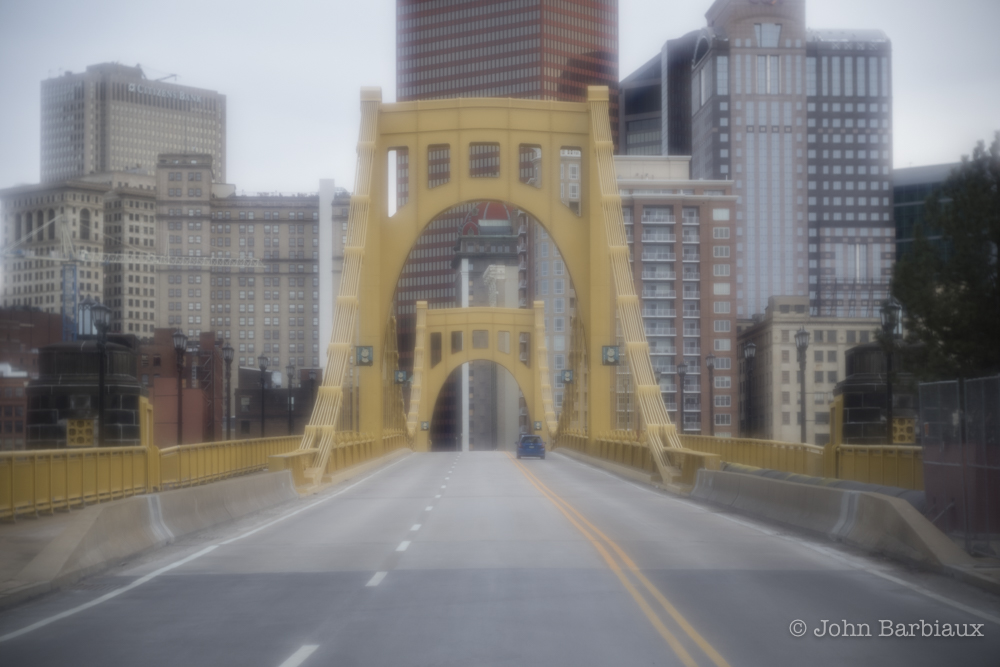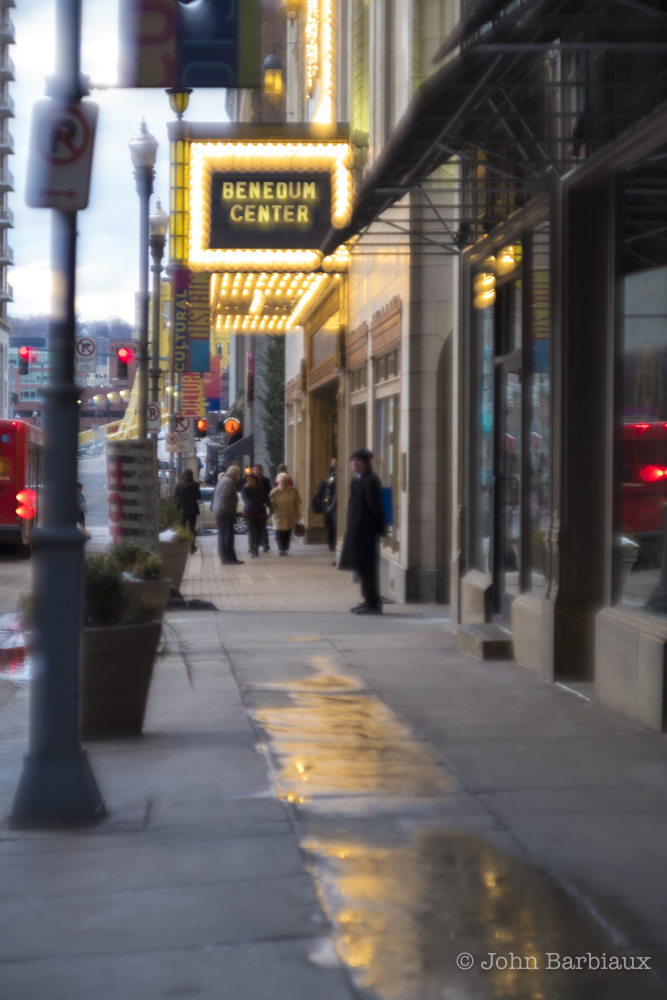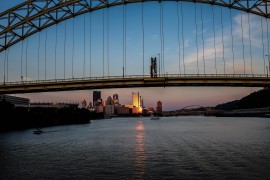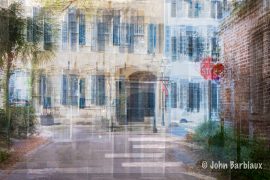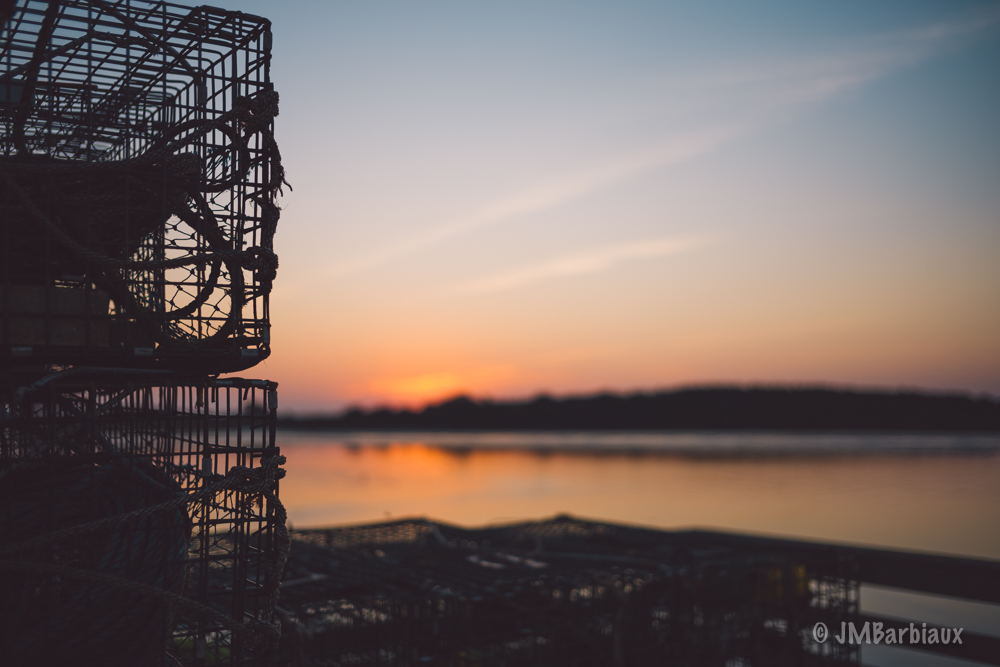The first thing you notice about the Thambar is the contrast between its small size and its weight. The lens is solid and you’re reminded of that each time you pick it up. Don’t get me wrong, when mounted on my M10 it’s still much lighter than my D850 with, well, any lens. I thought the length of it would be awkward on my Leica as I’m used to shooting with a 35mm lens affixed to it for 99.999% of the time, but it wasn’t awkward at all. Like most things Leica the lens and body just molded together and pretty soon I hardly noticed I was using a different lens… Until it came time to use it.
Note about the size: One of the reasons Leica is my go to camera for street photography is that it’s nice and compact. When I purchased the Thambar and decided to use it for photography I was concerned the length would make me stick out like a sore thumb. Thankfully, because of its petite size, it was not that different from shooting with my other lenses. I think a lot of that is in our heads anyways…
How To Use
Manually focusing the Thambar takes much longer than the zippy focus I am used to with my Leica 35mm lens. You’ve got to twist the barrel of the lens seemingly forever to get from near to infinity. While shooting, I was approached by a couple who were either drunk or high (or both) who insisted I take their photograph and what was already an awkward situation seemed to last forever as I dialed in near focus from infinity in what felt like 500 minutes. The photo isn’t worth sharing but the experience is.
Once I knew how long it took I was able to anticipate it and nail shots fairly quickly. Below is a shot that I grabbed of my son while we were visiting Phipps Conservatory in Oakland, if you’ve ever had a two-year old you know how difficult these shots are.
The lens is a little intimidating when you first open the box. There are numerous numbers and dashes printed on the lens in red and white as well as a foreign looking filter, with a big grey dot in the center, that comes with it. However, it’s incredibly easy to use and only takes a few moments to grasp.
The most important thing to know/remember is that the red aperture numbers are the only ones you’ll want to use the filter with. From what I understand, anything above that (the white numbers) will actually show the grey dot in the middle of the filter if you leave it on. The soft focus effect gets stronger the wider the aperture.
This lens only really makes sense if you are taking advantage of its unique characteristics. There are less expensive 90mm lenses out there with better (sharper) image quality that you’d use if you didn’t want the soft focus or highlight glow that this lens is perfect for. I only mention this because I’m not going to talk about shooting with it any other way… I don’t even venture out of the red aperture settings because I have other lenses I would have used for that.
Interestingly, moving the aperture does not have the solid stops one is used to with Leica lenses. The aperture, like focusing, moves smoothly through the settings.
So that’s it… Screw on the filter, set it to an aperture that falls between f/2.3 and 6.3 and you’re good to go!
Zone/Hyperfocal Focusing
Forget about it. If you purchased the Thambar, you most likely bought it for the beautiful dreamy effect and that is strongest wide open… It’s also near impossible to zone or hyperfocal distance focus unless your subjects are all going to be a football field away from you. If you’re a street photographer it’s best to familiarize yourself with the technique called trapping and you won’t have to worry about it.
Build Quality
This is by far the best built lens I have ever used, it feels like a polished brass pipe in your hands. I would bet my business that this lens will outlast our lifetime… In fact, you can find the original version of this lens (over 80 years old) secondhand at various Leica stores as well as on eBay (I don’t recommend eBay for various reasons, the least of which is that you could end up with a lens with mold or other issues).
This is a personal thing but I wish Leica would color every other aperture/distance line red so I could easily spot which aperture to line up my distance scale with when zone/hyperfocal distance focusing. I have 20/20 vision so I can’t be the only person that would find this beneficial.
Challenges
The Unique Filter
When you really want to take advantage of the unique characteristics of this lens you’ll use the supplied lens filter with the dot in the center (also called a center dot filter), this is fine if you are the type to put the filter on and shoot an entire day without worrying about covering your lens. I’m the type of person who will shoot for a few hours, take a drive to a different part of the city and shoot a few more hours… The problem with this approach is that you have to completely remove the lens filter to put the lens cover back on.
For instance, I was shooting some of the street images you see here in 30 degree temperature and it was a pain in the butt removing the filter with gloves on each time I needed to put the camera away. On the flip side, I know people who throw a lens filter on a lens and never put a cap on again. They just simply put the camera away and travel with it with a lens filter on and that’s it. I’m not that type of person.
Heat Issues
If you’re using the Leica M10 and Thambar together you may run into a message on your camera that tells you your camera is too hot and you need to turn it off. This occurs when you are repeatedly using the Live View to adjust focus and check images. I have never ran into this issue before using the Thambar as I rarely check my LCD when shooting… But with the Thambar and the unique way it interprets light it’s a good idea to check to make sure you’re capturing what you think you are.
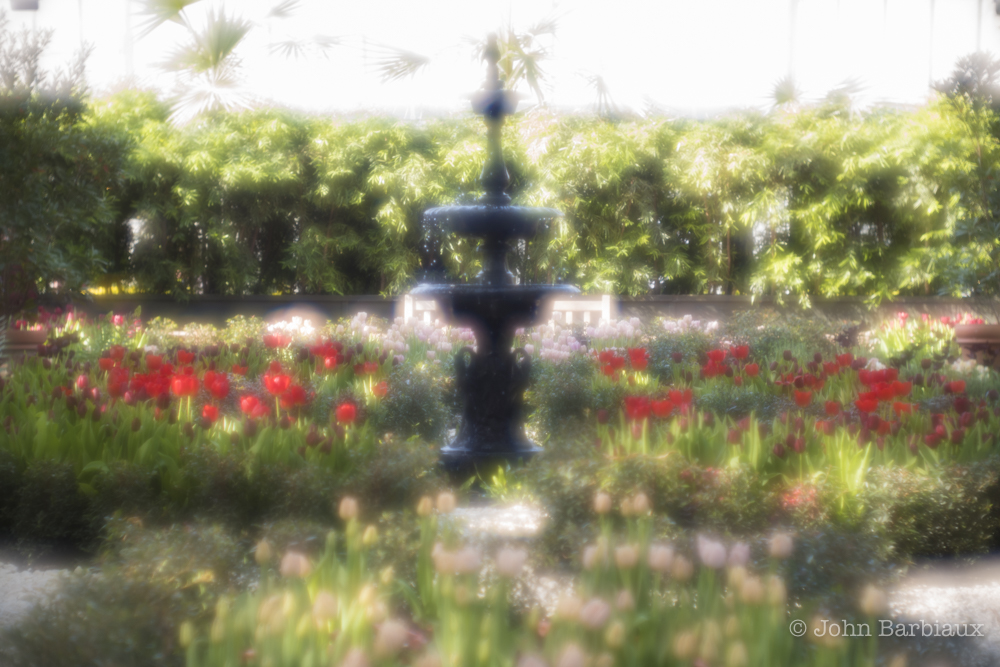
The heat issue I mention here occurred while shooting inside a large greenhouse (Phipps Conservatory) with a controlled atmosphere (approx. 70 degrees or so).
I can’t be certain this is an issue on other M bodies because the only other Leica’s I have are the Leica M7 (film) and the M262 which do not have Live View. Simply turning the camera off for a second and back on again resolved the issue but it’s not an issue a $6,800 camera should have. I understand this isn’t a Thambar specific problem but if you are using a Leica lens there is a good chance you’re using a recent M body that could have this issue and it’s worth knowing.
Image Quality
The image quality is superb. Superb and unique. I’m not even going to talk about using it above f/6.3 because it loses most of that Thambar unique thumbprint that makes this lens worth the $6500 asking price. The image above is probably the best example I captured of the painterly effect the lens creates right out of the camera. Can you produce this in post processing using Photoshop? I doubt it, not without having a unique image already created by the Thambar to use as a template.
Value
This lens is absolutely expensive, there is no getting around it. The lens is so specific at what it does, create painterly images, that I wonder if I can justify the price. I don’t buy photography gear with money I have not made with photography and I certainly don’t buy anything that I don’t feel can make back the money it cost to buy it. Can the Thambar earn back $6,500? It’s too early to tell for me, but I will update you in the future.
One of the challenges I grapple with is that it’s such a unique look that I worry I’ll capture a moment that would be amazing but always soft focused… I’m so used to a versatile workflow where I can adjust a photograph as needed and always return to the original, while the Thambar creates this unique look and there is no turning back. The image at the top of the article is a great example… Would that have looked better with a lens that didn’t make it look as painterly? I don’t know. I’ll find out, but I don’t know.
On the flip side… The Thambar has a way of turning ordinary scenes into something more. I found myself seeing the world around me quite differently after shooting with it for only a day or so. Perhaps the lens will open up a new world of possibilities for my photography. If you’re someone who has been photographing the same place for years and years then perhaps the Thambar’s value lies in its ability to interpret the seemingly ordinary in a new and exciting way.
Conclusion
At first glance the Thambar can seem intimidating as it’s built a little different from most of the other Leica lenses but rest assured, as is common with Leica products, it’s incredibly intuitive and takes only a few moments to figure out. The cost of the lens can be a big pill to swallow and it’s certainly for a niche market but I think if you fall in that market or you simply love the look the lens creates then you can justify the cost. The look is not something that can be easily replicated in programs like Photoshop.
Feel free to leave your thoughts in the comments section below and head over to Instagram to follow along with current work @PhotolisiticLife.

